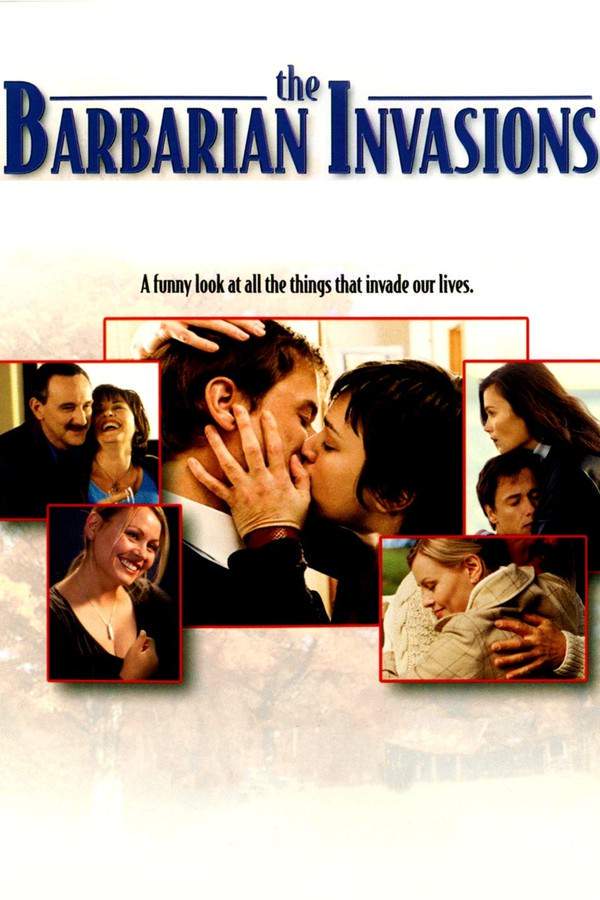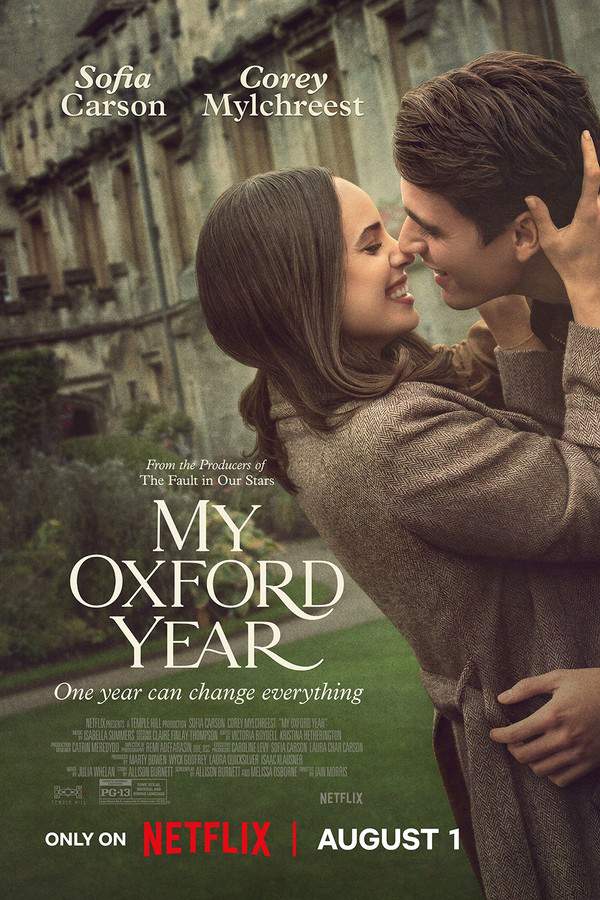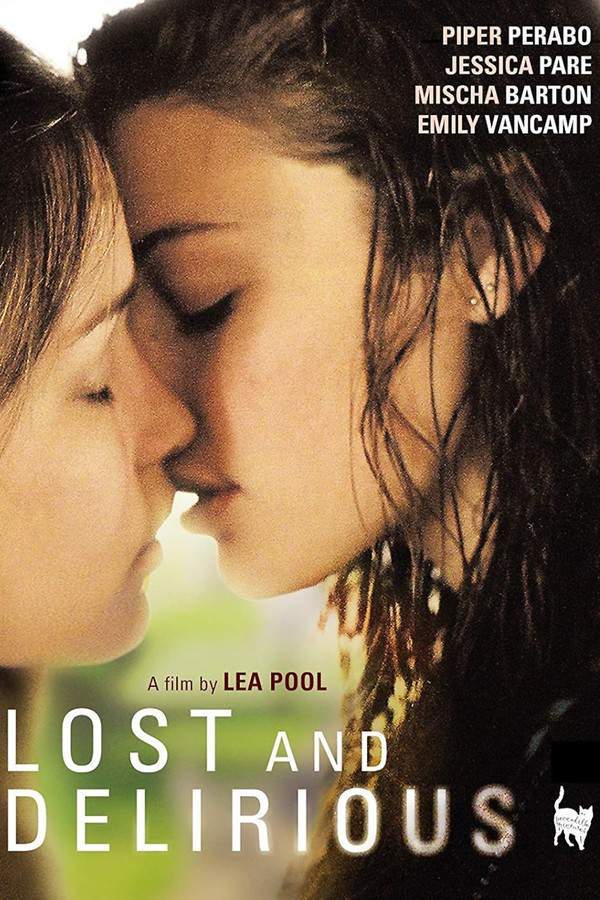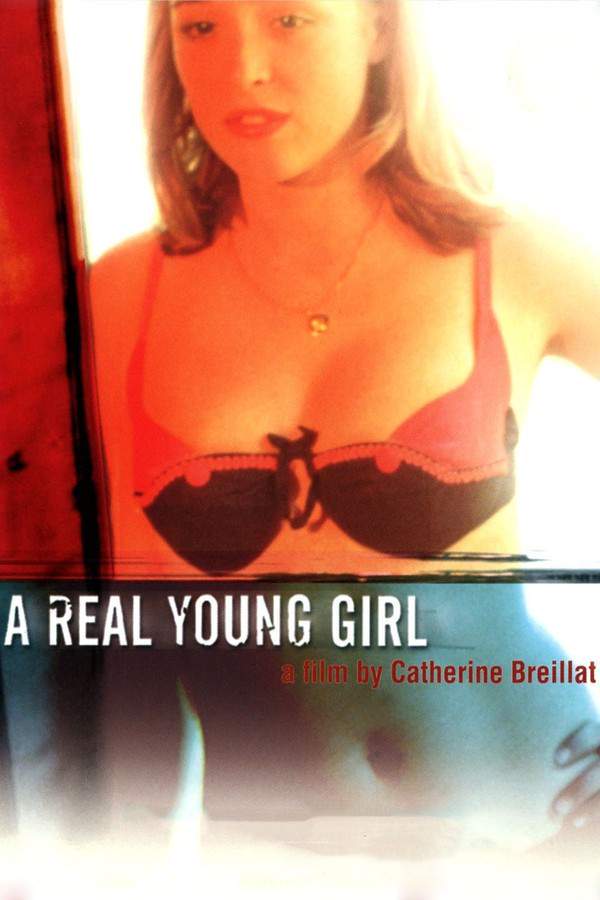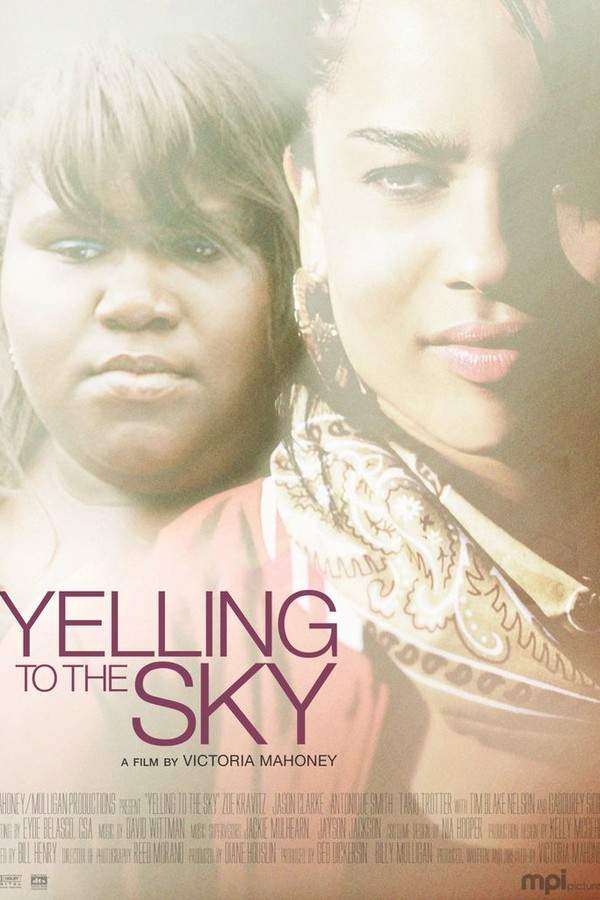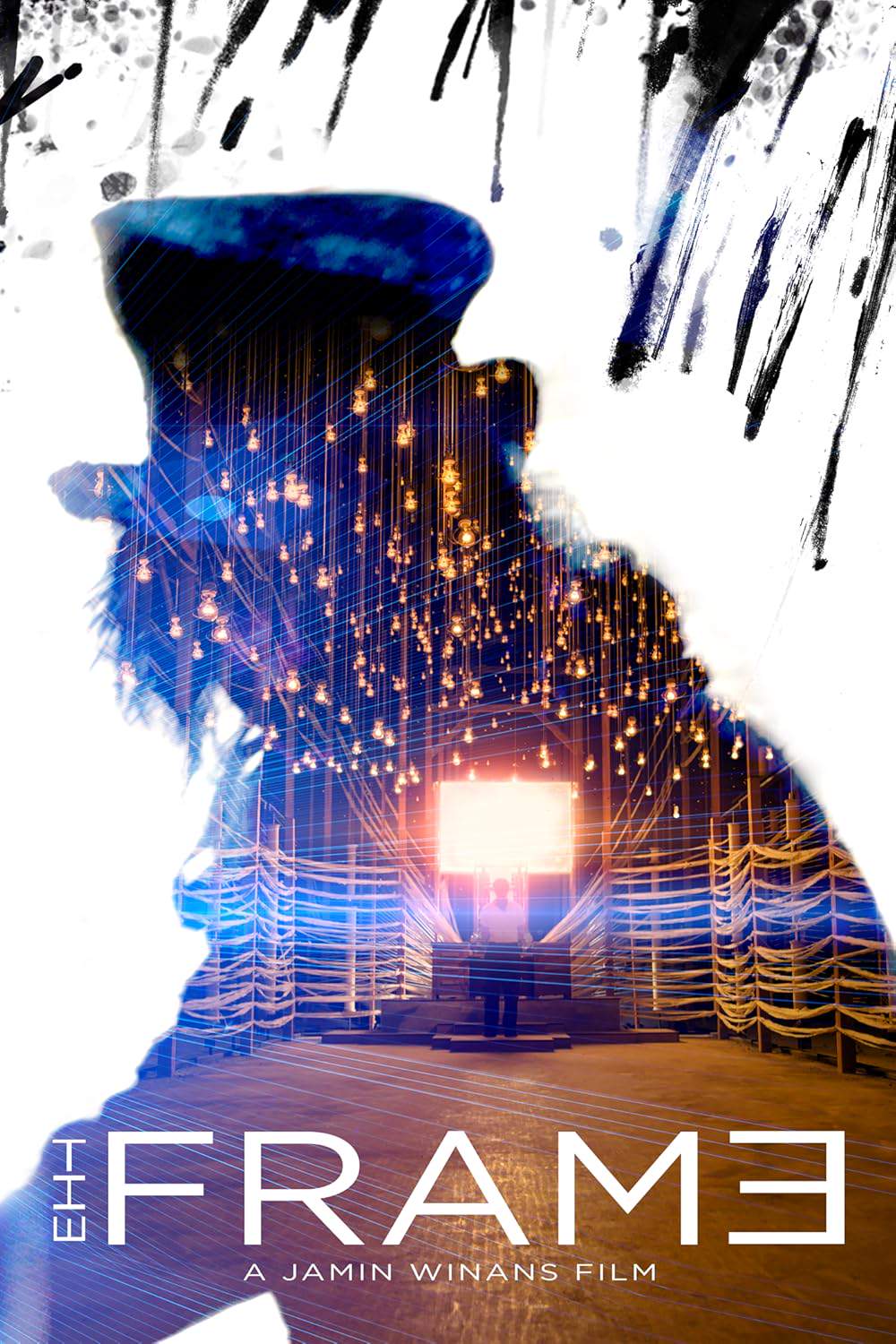
Dear Friends
Year: 2007
Runtime: 115 mins
Language: Japanese
Director: Kazuyuki Morosawa
The story asks whether friends are truly necessary as it follows Rina, the quintessential “it girl”—slender, long‑haired, flamboyantly stylish, and endlessly coveted by men while women envy her. Beneath the glamour she is selfish, cruel and mean‑spirited, exposing the emptiness of her superficial allure.
Warning: spoilers below!
Haven’t seen Dear Friends yet? This summary contains major spoilers. Bookmark the page, watch the movie, and come back for the full breakdown. If you're ready, scroll on and relive the story!
Dear Friends (2007) – Full Plot Summary & Ending Explained
Read the complete plot breakdown of Dear Friends (2007), including all key story events, major twists, and the ending explained in detail. Discover what really happened—and what it all means.
Rina is a high-school student who has developed a troubling view of friendship, believing that friends aren’t truly necessary and can only be used in moments of need. This outlook colors her relationships with classmates and even her own family. Her father, Rina’s Father, is distant and seemingly unconcerned with the family’s well-being, while her mother, Rina’s Mother, remains intensely protective in a way that often feels restricting to Rina. Despite the friction at home, she spends a lot of time at a nightclub in Shibuya, where she becomes part of a small circle that includes the disc jockey Yousuke and friends Hiroko and Emi. In the opening moment, a reckless choice ripples through this bond when she borrows Hiroko’s boyfriend for a sexual encounter, infuriating Hiroko and setting a volatile dynamic in motion.
Yousuke is drawn to the enigmatic [Rina], but her feral edge keeps him unsure about their closeness. Their relationship inches toward intimacy, but the couple never quite crosses the line into sex, and his feelings for her grow even as her attitude remains hard to read. Their scenes together at the club are punctuated by the carefree yet reckless atmosphere of late-night life, where money and status mingle with temptation and risk.
A pivotal turn arrives when Rina fabricates a pregnancy to pressure a man into paying for an abortion she herself initiates, spending the money on luxury and spectacle—like spraying Dom Pérignon over the club. The moment of excess culminates in a collapse on the dance floor, and she is rushed into medical care where a shocking diagnosis emerges: she has non-Hodgkin lymphoma. Her hospitalization marks a shift in tone and tempo, as the bustling club world gives way to sterile corridors and quiet, fraught rooms.
In the hospital, Maki—a classmate who claims they were friends in primary school—visits and reconnects, even though Rina does not remember her at first. Maki’s presence introduces a new thread of companionship that gradually unthreads Rina’s stubborn belief that friendship is unnecessary. A younger patient, Kanae, also on a neighboring ward, reaches out with warmth and persistence, bidding for a friendship that seems almost out of reach to Rina as she battles illness and fatigue. Through these hospital days, Rina’s body weakens—hair falls out, her skin grows pale, and the cancer gnaws at her sense of self-identity. The narrative quietly reveals that Kanae, too, faced leukemia and died after a bone marrow transplant failed, underscoring the fragility of life.
The medical revelations intensify when Rina confronts a mastectomy prompted by cancer spreading to the left breast. In a moment of despair, she contemplates ending her life by jumping from the hospital rooftop. Before she can take that final step, Maki makes a drastic, self-sacrificial choice by stabbing herself in the chest to share the pain and prove she will not abandon her friend. Maki’s act of solidarity awakens a glimmer of hope for Rina, even as she remains physically fragile and emotionally torn. The two form a fragile bond, with Maki serving as a reminder that friendship can give life renewed purpose, even if the two are not always able to connect in the days that follow.
The hospital world expands as Hiroko and Emi visit with complicated revelations: Hiroko discards a love letter meant for Rina from Yousuke and claims that she and Emi had a sexual encounter with him, a claim Emi awkwardly acknowledges. In the wake of this news, Hiroko’s behavior hints at deeper turmoil, and Emi’s subdued admission adds to the sense of a friendship network strained by secrets and the pressures of youth. After the medical storms, Rina is discharged and attempts to resume life beyond the hospital walls, returning to the club scene with trepidation.
Yet the old rhythms do not return easily. A cautious Rina seeks a semblance of normalcy, trying to rejoin the party life, but the scars—both physical and emotional—mark her. The moment she tries to engage sexually with Yousuke again, he recoils, unsettled by the visible reminders of her cancer and mastectomy. This disheartening reminder pushes her back toward the hospital’s rooftop, where she once stood on the brink. A nurse interrupts, reminding her that Maki wanted her to live, and a sense of guilt and longing for friendship pushes Rina toward reconsidering her path.
In a striking, almost surreal turn, a nurse brings in a wheelchair-bound Maki, whose condition is terminal—an unspecified neurodegenerative disease that dwarfs the earlier cancer struggle. Maki’s message is stark but uplifting: she has chosen to stay alive in order to meet and share moments with friends like Rina. This encounter crystallizes Rina’s resolve. She rediscovers a sense of purpose, enrolls in nursing studies, and dedicates herself to caring for Maki in her final days. The story closes on a quiet, poignant note: after three months, Maki passes away, but the bond that formed in the hospital leaves a lasting imprint on Rina’s life—enough to steer her toward a path of compassion, service, and steadfast friendship.
Throughout this journey, the film threads together themes of vulnerability, resilience, and the evolving meaning of friendship. The cast’s intertwined lives—Rina, Yousuke, Maki, Kanae, Hiroko, Emi, and the protective, sometimes stifling parental figures Rina’s Father and Rina’s Mother—create a layered tapestry. The narrative never shies away from difficult choices, painful losses, or the surprising ways in which friendship can become a lifeline, transforming a life on the verge of despair into one that seeks healing, purpose, and connection.
Last Updated: October 09, 2025 at 15:11
Explore Movie Threads
Discover curated groups of movies connected by mood, themes, and story style. Browse collections built around emotion, atmosphere, and narrative focus to easily find films that match what you feel like watching right now.
Movies about terminal illness and redemption like Dear Friends
Characters find purpose and compassion while confronting their own mortality.If you were moved by the redemptive arc in Dear Friends, these movies explore similar journeys. They feature characters facing terminal illness who find a new, more compassionate purpose in life, often through difficult sacrifices and deep friendships, culminating in bittersweet but hopeful conclusions.
Narrative Summary
The narrative follows a self-centered or lost individual who receives a life-altering diagnosis. The story charts their painful confrontation with mortality, which often forces them to reevaluate their life, leading to a transformative journey. A key element is the development of a deep, sacrificial friendship that becomes the catalyst for their redemption, resulting in an ending that balances profound loss with newfound meaning.
Why These Movies?
These films are grouped together for their shared exploration of how confronting death can lead to a meaningful life. They blend heavy emotional weight with a specific, bittersweet tone, focusing on character transformation, the power of selfless connection, and the stark contrast between a reckless past and a purposeful present.
Movies about youth and self-destruction like Dear Friends
Stories of young adults spiraling into despair before finding a fragile hope.For viewers who appreciated the raw portrayal of youth culture and despair in Dear Friends, this list features similar films. These stories follow glamorous but deeply troubled young characters as they unravel, exploring themes of envy, suicide, and the painful search for authentic meaning beyond a superficial life.
Narrative Summary
The narrative pattern follows a character, often young and perceived as having a perfect life, who is secretly crumbling under the weight of their own emptiness or trauma. Their story involves a visible or hidden spiral of self-destructive acts—such as reckless partying, substance abuse, or suicide attempts—that serve as a desperate signal. The journey is one of hitting rock bottom, leading to a painful but necessary confrontation with their true self and the possibility of forming genuine, salvific relationships.
Why These Movies?
These movies share a specific, high-intensity vibe centered on the dark side of youth and beauty. They combine a melancholic and raw mood with themes of self-harm, despair, and the painful process of growing up when the façade of a perfect life shatters. The pacing often shifts between chaotic highs and somber lows, mirroring the character's internal state.
Unlock the Full Story of Dear Friends
Don't stop at just watching — explore Dear Friends in full detail. From the complete plot summary and scene-by-scene timeline to character breakdowns, thematic analysis, and a deep dive into the ending — every page helps you truly understand what Dear Friends is all about. Plus, discover what's next after the movie.
Dear Friends Timeline
Track the full timeline of Dear Friends with every major event arranged chronologically. Perfect for decoding non-linear storytelling, flashbacks, or parallel narratives with a clear scene-by-scene breakdown.

Characters, Settings & Themes in Dear Friends
Discover the characters, locations, and core themes that shape Dear Friends. Get insights into symbolic elements, setting significance, and deeper narrative meaning — ideal for thematic analysis and movie breakdowns.

Dear Friends Spoiler-Free Summary
Get a quick, spoiler-free overview of Dear Friends that covers the main plot points and key details without revealing any major twists or spoilers. Perfect for those who want to know what to expect before diving in.

More About Dear Friends
Visit What's After the Movie to explore more about Dear Friends: box office results, cast and crew info, production details, post-credit scenes, and external links — all in one place for movie fans and researchers.







